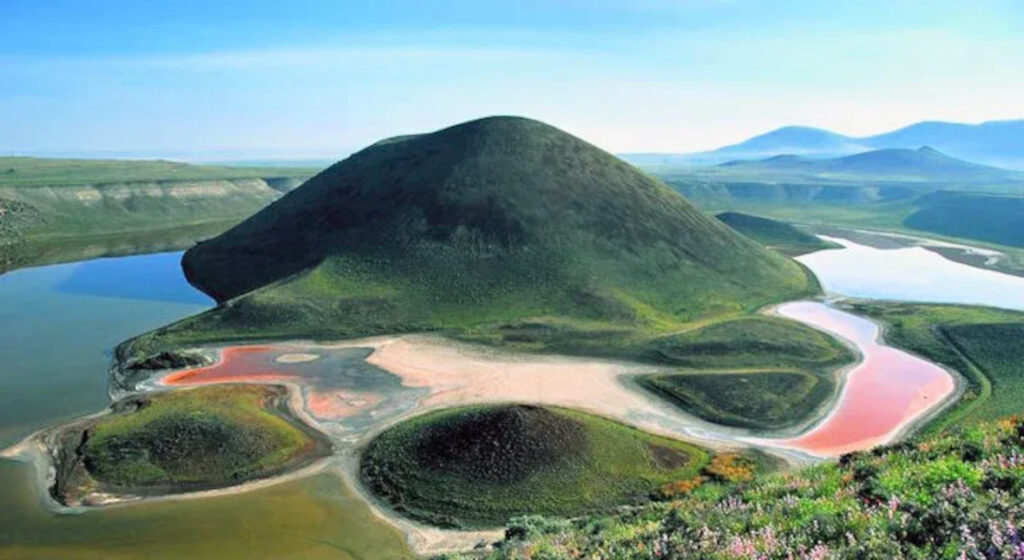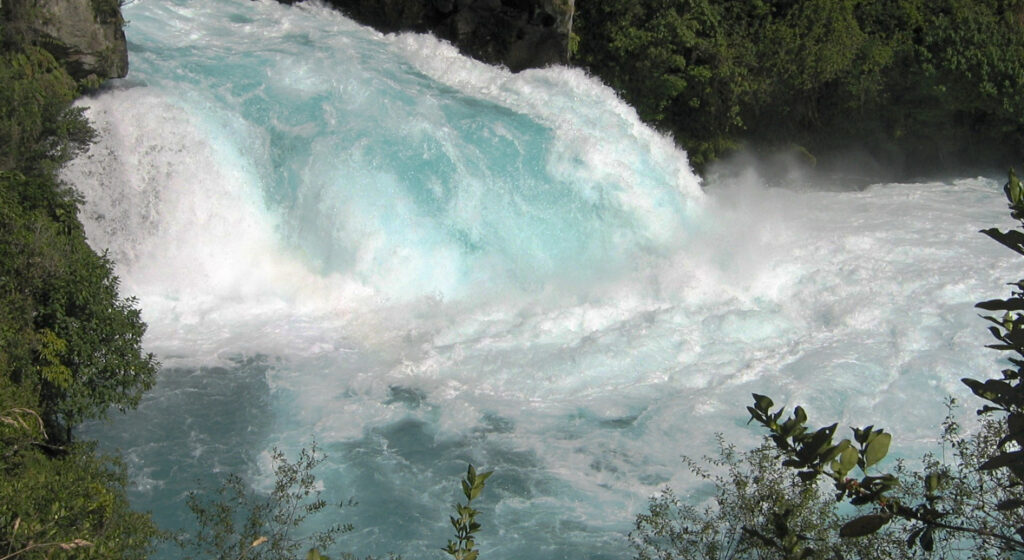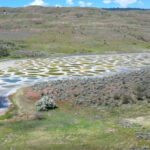Now Reading: Lofoten’s electromagnetic oddities and bizarre climate make it one of the most scientifically perplexing places in the Arctic
-
01
Lofoten’s electromagnetic oddities and bizarre climate make it one of the most scientifically perplexing places in the Arctic
Lofoten’s electromagnetic oddities and bizarre climate make it one of the most scientifically perplexing places in the Arctic

Lofoten is a scientifically fascinating region, not just for its breathtaking landscapes but also for its unusual electromagnetic phenomena and bizarre climate. Here’s a deeper dive into the oddities that make it one of the most perplexing places in the Arctic:
1. Geomagnetic Anomalies and Earth’s Magnetic Field
Iron-Rich Geology and Magnetic Disturbances
-
Lofoten’s bedrock is composed of iron-rich minerals, which are known to interact with Earth’s magnetic field. This could cause localized geomagnetic anomalies, leading to compass deviations and other navigational issues.
-
While these disturbances are typically subtle, they may be more noticeable in regions like Lofoten, where the Earth’s magnetic field itself is already disturbed by the polar proximity.
Geomagnetic Storms and Aurora Effects
-
Lofoten lies under the Auroral Oval, an area known for frequent geomagnetic storms driven by solar wind and solar flares.
-
Auroras (Northern Lights) are a direct result of these geomagnetic storms. Some scientists speculate that the electromagnetic radiation from auroral activity might create anomalous atmospheric conditions or disruptions in electronic devices, including communication systems and GPS.
-
Local reports of unusual auroral displays, like pulsating lights or flickering waves, might not be random but could stem from fluctuations in the Earth’s magnetic field, causing electromagnetic turbulence in the atmosphere.
Theoretical “Magnetic Vortices”
-
Some fringe theories posit that Lofoten might be home to undocumented “magnetic vortices”—hypothetical areas where electromagnetic energy accumulates or behaves in unusual ways. These could cause anomalous compass behavior, affecting not only navigation but also potentially creating atmospheric “electric fog” or “magnetic mist”. However, this idea remains unproven in the scientific community.
2. The Climate Paradox of Lofoten
Influence of the Gulf Stream and the North Atlantic Current
-
The Gulf Stream, which flows from the Gulf of Mexico, warms the North Atlantic before moving northward, providing warmth even to high-latitude regions.
-
Lofoten’s relatively mild climate is largely due to the North Atlantic Current, which moderates winter temperatures by delivering warm ocean water to the region. In fact, this phenomenon has been well-documented and is the primary reason why temperatures in Lofoten are far warmer than expected for its latitude.
-
Climate scientists believe this to be one of the strongest drivers of Lofoten’s anomalous climate, with the surrounding sea acting as a thermal buffer that prevents drastic cooling.
-
Theoretical models suggest that the degree of heat transfer from the ocean could be even stronger in some years, potentially explaining more extreme seasonal variations or even unexpected climate shifts.
Ocean-Atmosphere Interaction: Storms and Rainfall
-
Lofoten’s proximity to both the Arctic Ocean and the Norwegian Sea creates complex ocean-atmosphere interactions.
-
Cold Arctic air frequently clashes with the warmer, moisture-laden air from the Atlantic. This interaction drives storm systems, which can lead to intense precipitation and high winds.
-
Some climate models show that this interaction could increase storm frequency and intensity, leading to more unpredictable weather patterns—which Lofoten experiences frequently. The result is the region’s high variability in weather even though it stays relatively warm for its latitude.
Positive Feedback Loops and Ocean Circulation
-
There’s a theory that ocean circulation systems, like the Gulf Stream, could be part of a feedback loop that might be influenced by climate change. This could lead to shifts in ocean currents, potentially affecting the balance between warm and cold waters around Lofoten, resulting in further climate anomalies.
-
While it’s not yet clear how much of an effect this has on Lofoten specifically, scientists are exploring whether slower ocean currents or shifts in water temperature could explain more extreme climate variations.
3. Magnetic Interactions with Water and the Maelstrom
Electromagnetic Effects from Ocean Currents
-
The Moskstraumen (Maelstrom), one of the strongest tidal whirlpools in the world, generates extremely strong water currents and turbulent conditions.
-
There’s a theoretical possibility that the interaction of fast-moving seawater and the Earth’s magnetic field could generate small electromagnetic fields, which could explain some unusual atmospheric phenomena in the area.
-
While this is largely speculative, researchers in geophysics have hypothesized that the Maelstrom’s magnetic disturbances could contribute to localized geomagnetic anomalies that affect the surrounding region.
Tidal Forces and Electromagnetic Disturbances
-
Some fringe theories suggest that the tidal forces—which are already known to affect earthquakes and volcanic activity—could also play a role in generating electromagnetic disturbances. If there is an unexplained energy build-up from the interaction of ocean tides, solar activity, and local geomagnetic conditions, it could explain some of the anomalies people experience near the Maelstrom.
4. Cosmic and Solar Influence
Cosmic Rays and Their Impact on Earth’s Magnetosphere
-
High-latitude regions like Lofoten are constantly exposed to cosmic rays—high-energy particles that come from deep space. These rays are known to influence Earth’s magnetosphere and may contribute to electromagnetic anomalies.
-
Cosmic rays could possibly play a role in altering the ionosphere or creating atmospheric conditions conducive to the unusual aurora phenomena reported by locals.
Solar Activity and Northern Lights
-
The frequency and intensity of auroras in Lofoten could be linked to solar activity (i.e., solar flares or coronal mass ejections). These interactions between the solar wind and the Earth’s magnetic field often cause spectacular light displays but also contribute to electromagnetic disruptions.
-
While solar activity is predictable to an extent, unusual solar events could lead to unexpected phenomena near Lofoten, contributing to the region’s enigmatic reputation.





























